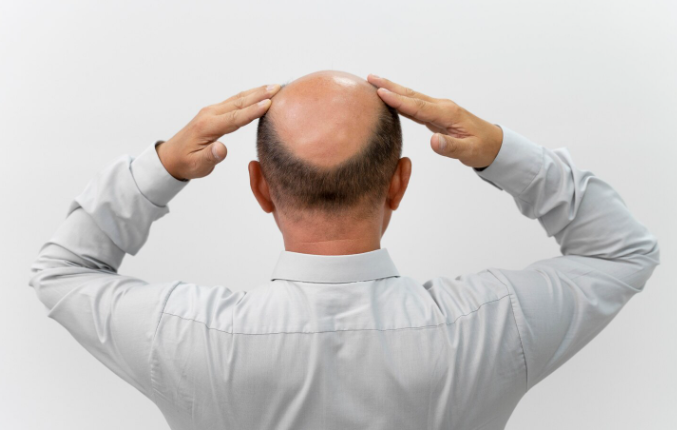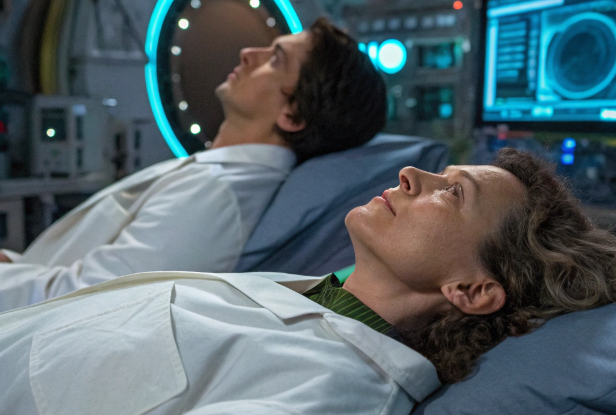Born to Judge: Newborns Show Preference for Attractive Faces
It turns out that our appreciation for beauty might begin earlier than we thought, much earlier! A study by Slater et al. (2000) reveals that newborn infants, just days old, exhibit a preference for faces that adults deem attractive.
The Study: Faces Through Fresh Eyes of Newborns
Researchers presented newborns (average age: 2 days and 9 hours) with pairs of faces. One was considered attractive and the other less so, based on adult ratings. To determine whether specific facial features influenced this preference, the study used two conditions: one where the internal features (eyes, nose, mouth) were identical and another where the external features (face shape, hairline) were the same.

The findings were telling. Infants showed a marked preference for attractive faces only when the internal features differed, suggesting that even at such a young age, they are attuned to the nuances of facial attractiveness.
Nature, Not Nurture?
This early preference challenges the notion that standards of beauty are solely culturally constructed. Instead, it hints at an innate inclination towards certain facial configurations. The researchers propose that attractive faces may align more closely with a prototypical face that infants are either born with or quickly develop through limited exposure. This prototype likely emphasizes symmetry and average features, which are often associated with attractiveness.
You’re More Than Just a Pretty Face to Newborns
Understanding that infants have an inherent preference for attractive faces can shed light on early social development. It suggests that our brains might be wired from the outset to seek out and focus on certain visual stimuli, potentially influencing bonding and social interactions. Moreover, this preference could play a role in how infants engage with their environment, affecting learning and recognition processes.

The Bigger Picture
The study by Slater et al. adds to a growing body of research indicating that our perceptions and preferences might be deeply rooted in biology. While cultural factors undoubtedly shape our understanding of beauty, it’s fascinating to consider that some aspects of these standards are present from the very beginning of life.
You might also want to read: Build an Attractive Personality to Marvel the World


